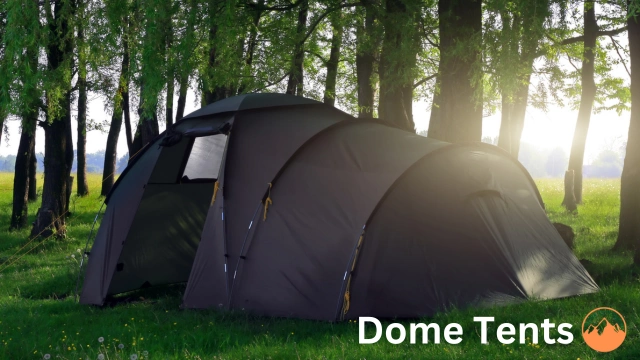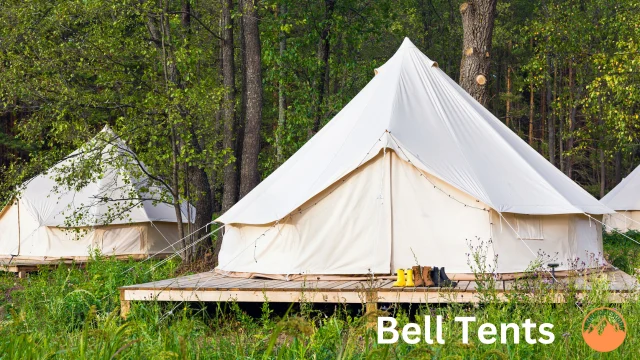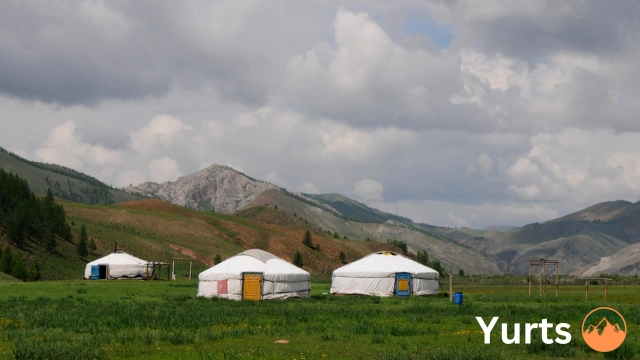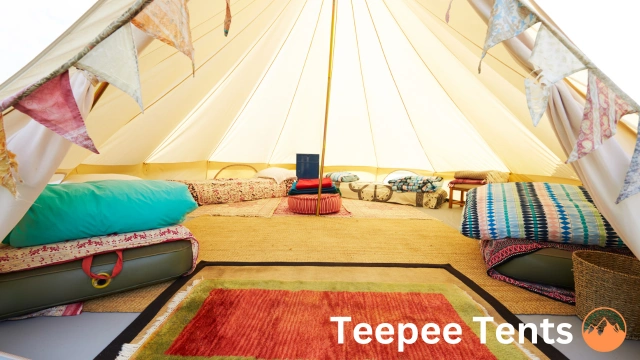Tents That Look Like House: Elevating Your Camping Adventure
Camping can be a wonderful way to connect with nature and enjoy the outdoors. However, for some, traditional tents may feel cramped and lack the comforts of home.
Thankfully, there’s a solution: tents that look like houses! These spacious and stylish tents offer a unique camping experience, blending the convenience of a home with the beauty and adventure of the outdoors.
Home Away From Home: Features of Tents That Look Like Houses
Tents that look like houses offer a range of features that enhance comfort, durability, and functionality during camping trips.
These tents are designed to provide a more comfortable and home-like camping experience.
Forget flimsy tents! These home-style shelters are constructed with high-quality materials like heavy-duty canvas and specialized fabrics to withstand any weather. Wind, rain, or sunshine – these tents will keep you dry and protected.
Unlike cramped traditional tents, these shelters offer generous space for sleeping, storing gear, and relaxing. Some even have separate rooms for added privacy, making them perfect for families or groups.
Stay dry and protected, no matter the weather. These tents feature weatherproof construction, including waterproof coatings, reinforced seams, and sturdy frames. Your belongings and you will stay safe and dry.
Sleep soundly throughout the night with proper ventilation. These tents have strategically placed windows, vents, and mesh panels to promote air circulation, reduce condensation, and keep the interior fresh and comfortable.
Enjoy your time outdoors! These tents feature user-friendly designs and intuitive features like color-coded poles, quick-release buckles, or snap-in connectors for effortless setup and disassembly. More time for adventure, less time struggling with complicated setups.
Organization is key! Built-in pockets, hanging organizers, gear lofts, and vestibules provide ample storage space for clothes, equipment, and personal items. Find what you need easily and enjoy a clutter-free camping experience.
These tents are not just functional, they’re also stylish! With unique designs and aesthetics, they add a touch of charm and personality to your campsite. Reflect your individual taste with a classic A-frame structure or a modern dome design.
Benefits of Tents That Look Like House
Choosing a house-like tent offers several advantages:
- Increased comfort: Enjoy a more luxurious camping experience with ample space, standing height, and home-like features.
- Improved mood and relaxation: A comfortable and inviting space can enhance your overall camping experience.
- Family-friendly: Perfect for families with children, offering space for everyone to relax and play.
- Protection from the elements: Stay safe and dry in a sturdy tent that can withstand various weather conditions.
- Unique and stylish: Stand out from the crowd with a unique and eye-catching tent that doubles as a conversation starter.
Types of House-Like Tents
When it comes to tents that look like house, there are several types to choose from, each with its own unique features and advantages. Here are four popular options:

Dome tents strike a perfect balance between style and practicality.
With their curved design resembling the shape of a dome, these tents offer stability and excellent wind resistance.
They are easy to set up and come in various sizes, making them suitable for different camping scenarios.
Dome tents often feature multiple windows and vents for ventilation, ensuring a comfortable camping experience.
Read more about: Camping Dome Tents

Bell tents have a distinctive shape similar to traditional nomadic dwellings.
These tents have a bell-shaped structure with high center poles and sloping walls.
Bell tents provide ample space, excellent ventilation, and a unique aesthetic appeal.
They are known for their spacious interiors, making them ideal for family camping trips or those who desire more room to move around.
Bell tents often come with multiple windows and vents, allowing for excellent airflow and natural light.

Yurts have been used as portable dwellings for centuries, and their modern counterparts retain their charm and functionality.
Yurt tents have a circular design with a domed roof, providing excellent stability and space utilization.
They are often made from durable materials such as canvas or polyester fabric, ensuring longevity and resistance to wear and tear.
Yurt tents are ideal for glamping experiences and offer a touch of extravagance in the wilderness.
They typically feature multiple windows, vents, and a central support structure.

Inspired by traditional Native American teepees, these tents exude elegance and uniqueness.
Teepee tents have a conical shape with a center pole, allowing for a simple yet sturdy structure.
They are lightweight and easily portable, making them a favorite among backpackers and solo adventurers.
Teepee tents often feature a single large opening for easy access and excellent ventilation.
They provide ample space for sleeping and storage, making them suitable for various camping styles.
Choosing the Right Tent for Your Needs
With various options available, choosing the right tent depends on several factors:
- Size and Capacity: Consider the number of people who will be using the tent and choose a model with enough space for everyone.
- Climate and Weather Conditions: Select a tent made from durable materials and with features suitable for the expected weather conditions.
- Ease of Setup and Takedown: Choose a tent that is easy to set up and take down, especially if you plan on frequent camping trips.
- Additional Features: Consider features like windows, doors, screens, and awnings that enhance the comfort and functionality of the tent.
- Budget: House-like tents can range in price depending on size, features, and materials. Set a budget and compare different models before making a purchase.
Tent Care and Maintenance
To ensure your tent that looks like a house lasts for years to come, proper care is essential:
How to Make a Tent Look More Like a House
Adding a few personal touches can transform your house-like tent into a cozy and inviting home away from home. Here are some ideas:
Curtains or blinds provide privacy and help control the amount of light entering the tent. Choose fabrics that complement the tent’s color scheme and add a personal touch.
Adding rugs or mats creates a more comfortable and homey feel. Opt for washable and durable materials that can withstand outdoor use. Read about how to keep your tent off the ground.
Comfortable chairs, a small table, and even a cot can significantly enhance your camping experience. Choose foldable or inflatable furniture for easy transportation and storage.
String lights, lanterns, framed photos, or even hanging plants can add a personal touch and create a more inviting atmosphere.
Transform the area outside your tent into an enjoyable outdoor living space. Add a shade sail, camping chairs and table, a small grill, or even a hammock to create a space for relaxing, dining, and enjoying the outdoors.
The Challenges with Tents That Look Like House
While tents that are like houses offer several advantages, it’s important to consider some potential drawbacks:
- Higher Cost: These tents are generally more expensive than traditional tents due to their size, features, and materials.
- Size and Weight: Large tents can be bulky and heavy, making them less suitable for backpacking or hiking trips.
- Durability: While most house-like tents are made from durable materials, they may not be as rugged as traditional tents designed for extreme weather conditions.
- Ventilation: The size and design of some tents that look like a house can make it challenging to maintain proper ventilation. Ensure adequate ventilation to prevent condensation and moisture buildup.
Despite these challenges, many campers find that the benefits of a house-like tent outweigh the drawbacks.
Tents That Look Like House: Final Thoughts
Tents that look like house offer a unique and enjoyable camping experience, blending the comfort and convenience of a home with the beauty and adventure of the outdoors.
By choosing the right tent for your needs and maintaining it properly, you can create a comfortable and inviting base camp for your next adventure.
So, why not ditch the traditional tent and experience the luxurious comfort of a tent that looks like a house on your next camping trip?